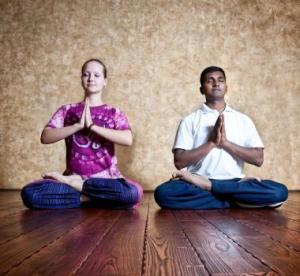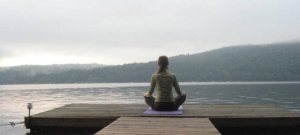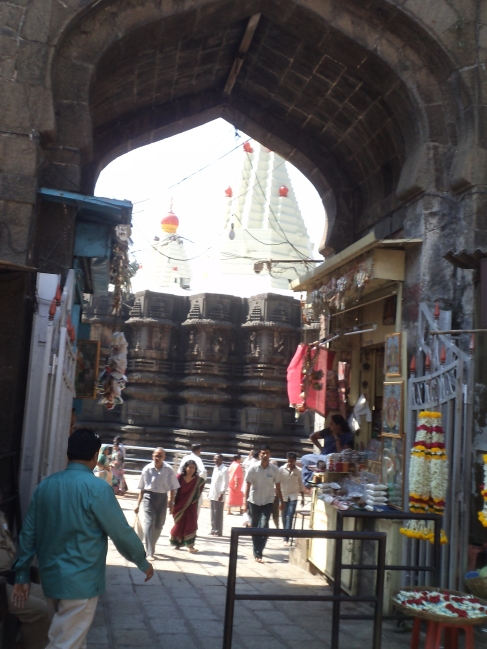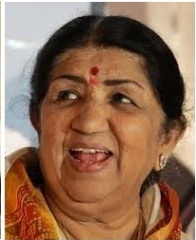Resonance
Resonance in your voice is a
quality that adds richness. Here, I must say that Resonance is gender
specific. It is a quality which makes male voice ‘Rich’. So far as
female voice is concerned, sweetness of the voice is a sought after
quality. Needless to say that clarity, confidence and poise in the voice
are important both for females and males.What is resonance? It is the echo effect. Resonance can be added by the sound engineer. But that is inorganic resonance. It may create a good effect in a song or even in a speech but it is not the resonance in the voice.
How do we achieve Resonance?
Is it a quality of the voice the person brings with birth? Or, can it be cultivated? Both questions have the same answer- ‘affirmative’. Each person is endowed with a unique voice box. Here, voice box comprises vocal cord, cavities in the mouth and nose. These are formed by the shape and muscles of the mouth nose, face and even the skull. To this extent the ‘resonance’ in the voice is an inborn quality. But resonance can also be cultivated by activating the muscles in the mouth, throat and nose.
Among male singers the voices of K.L. Sehgal, C.H. Atma and Kishore Kumar are more resonant as compared to other singers. But we must remember that resonance is one of the many qualities of a good singer.
It adds richness to the voice. The singer is able to enthrall the audience with the ease of his singing. Though C.H Atma and K.L. Sehgal have now become obscure, Kishor kumar’s songs are still very popular. Many times you have the possibility of listening to these on your favorite FM radio channel. Next time, you listen to his song, observe the resonance and consider the unique quality it renders to his songs.

K.L. Sehgal

C.H. Atma singing with his very resonant voice

Kishore Kumar the evergreen versatile singer
Resonance is a great quality of voice not only for singers but also to public speakers. The quality is abundantly evident in the speeches of the following distinguished leaders:

Martin Luther King addressing his followers

Bill Clinton former president of USA
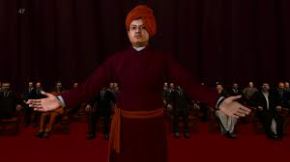
Swami Vivekanand making his impact full speech
The speeches of these great leaders are available on ‘You Tube’ Videos



